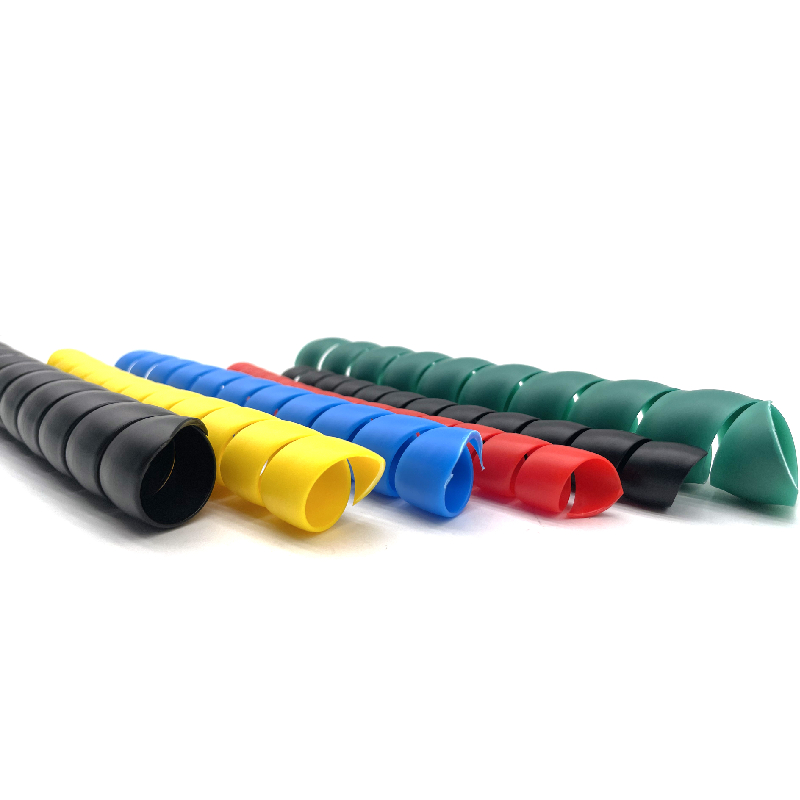Steps for Replacing the Power Steering Hose in Your Vehicle for Optimal Performance and Safety
Replacing the Power Steering Hose A Comprehensive Guide
Power steering is a vital component of modern vehicles, providing drivers with the ease to maneuver their cars effortlessly. The power steering system relies on hydraulic fluid, which is distributed through various components, including the power steering hose. Over time, this hose may wear out, resulting in leaks or reduced steering performance. If you notice that your steering feels heavy or you see fluid spots under your car, it may be time to replace your power steering hose. In this guide, we will walk you through the process of replacing the power steering hose, ensuring your vehicle remains safe and functional.
Understanding the Power Steering System
Before we delve into the process of replacing the power steering hose, it’s important to understand its function. The power steering hose connects the power steering pump to the steering gear, allowing hydraulic fluid to travel and assist in steering the vehicle. This system greatly reduces the effort needed to turn the steering wheel, improving overall driving comfort.
Signs of a Failing Power Steering Hose
Identifying the signs of a failing power steering hose is crucial to maintaining your vehicle’s reliability. Common symptoms include
- Fluid Leaks Puddles of reddish or clear fluid under your vehicle may indicate a leak in the power steering hose. - Heavy Steering If the steering wheel feels resistant or difficult to turn, it may suggest low fluid levels caused by a hose leak. - Whining Noise A high-pitched whine when turning the wheel can indicate that the power steering pump is struggling due to insufficient fluid.
If you experience any of these symptoms, it's imperative to address the issue promptly to avoid further damage to the power steering system.
Tools and Materials Needed
Before you begin the replacement process, gather the necessary tools and materials
- New power steering hose (specific to your vehicle model) - Power steering fluid - Wrenches and sockets - Pliers - Clean rags or paper towels - A container for catching spilled fluid
Step-by-Step Replacement Process
replacing the power steering hose

1. Preparation Park your vehicle on a flat surface and turn off the engine. Allow the vehicle to cool down if it has been running.
2. Lift the Vehicle Use a jack to lift the front of the vehicle and secure it with jack stands. This step will provide you access to the power steering components.
3. Locate the Power Steering Hose Find the power steering hose by tracing it from the power steering pump to the steering gear. You may need to consult your vehicle’s manual for specific locations.
4. Disconnect the Old Hose Using the appropriate wrench or socket, carefully loosen the fittings on both ends of the old power steering hose. Be prepared for some fluid to spill during this process and have a container ready to catch it.
5. Remove the Old Hose After disconnecting both ends, gently pull the old hose away from any clips or connectors that hold it in place.
6. Install the New Hose Take the new power steering hose and connect it to the pump and steering gear. Ensure that the fittings are tight but do not overtighten, as this could damage the hose.
7. Refill the Power Steering Fluid Once the new hose is in place, refill the power steering reservoir with fresh fluid. Consult your vehicle’s manual for the correct type of fluid to use.
8. Test the System Start the engine and turn the steering wheel from lock to lock to ensure that the power steering system is functioning properly. Check for leaks around the new hose.
9. Clean Up Dispose of any spilled fluid and clean the area around the power steering components to prevent slipping hazards.
Conclusion
Replacing the power steering hose is a manageable task for those with basic mechanical skills. Regular maintenance of the power steering system not only enhances your driving experience but also ensures your vehicle's longevity. If you're ever in doubt about the process, don't hesitate to consult a professional mechanic for assistance. Safe driving!
-
Ultimate Spiral Protection for Hoses & CablesNewsJun.26,2025
-
The Ultimate Quick-Connect Solutions for Every NeedNewsJun.26,2025
-
SAE J1401 Brake Hose: Reliable Choice for Safe BrakingNewsJun.26,2025
-
Reliable J2064 A/C Hoses for Real-World Cooling NeedsNewsJun.26,2025
-
Heavy-Duty Sewer Jetting Hoses Built to LastNewsJun.26,2025
-
Fix Power Steering Tube Leaks Fast – Durable & Affordable SolutionNewsJun.26,2025

